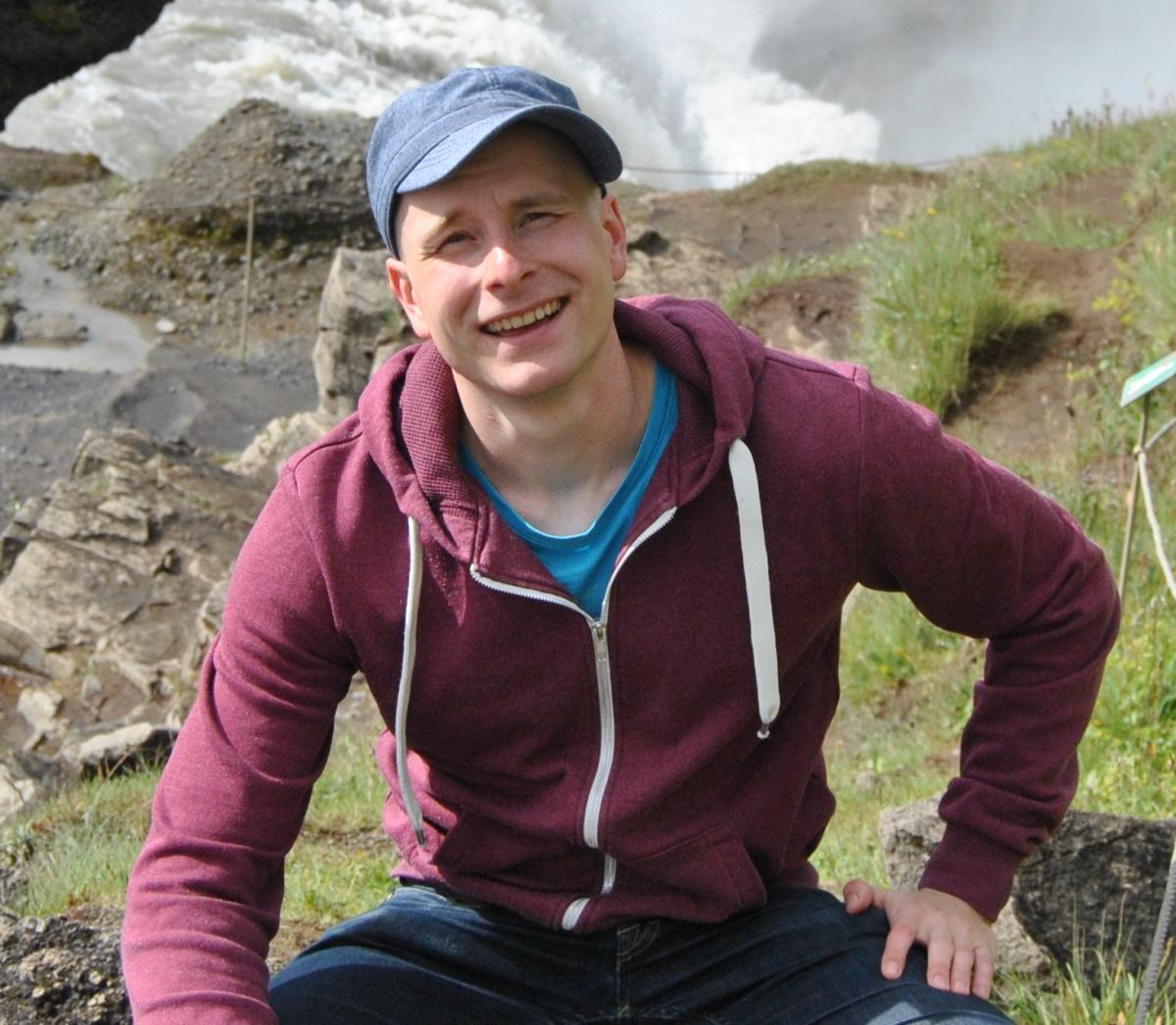One of the most important activities of the Nordic Volcanology Center is the research fellow program. Every year five young Scandinavian geoscientists are invited to do a research project in Iceland.
In 2015-2016 the following research fellows with the projects have been appointed:
|
Name |
Postition |
|
Phone |
|
Barbara Keine |
NordVulk fellow |
|
|
|
Hera Guðlaugsdóttir |
NordVulk fellow |
+354 525 4496 |
|
|
Jóhann Gunnarsson Robin |
NordVulk fellow |
|
|
|
Paavo Nikkola |
NordVulk fellow |
+354 525 5476 |
|
Paavo Nikkola Background Research project
|
|
Hera Guðlaugsdóttir
I have been fascinated by the paleoclimatic history found in polar ice cores ever since the beginning of my M.Sc. study at the University of Iceland. There I measured and analyzed the stable water isotopes δ18O and δ2H of a shallow ice core from NE-Greenland (NEEM) in collaboration with the Niels Bohr institute of Ice and Climate. I realized during this work that it combined my broad interests in science, partly explaining my B.Sc. background in microbiology and physics. At NordVulk, I will be studying the atmospheric circulation changes that occur after tropical eruption versus local Icelandic eruption. Such analysis requires General Circulation Model (GCM) outputs but stable water isotopes from Greenland ice cores will also be used in order to detect a climatic fingerprint related to volcanic events. The cause of such events is mainly the volcanic sulfate aerosols that influence the Earth´s radiation budget but various dynamic oceanic and atmospheric forces determine it´s local and/or global effects. I want to see if a difference in the circulation pattern can be observed between tropical and local (Icelandic) eruptions and if that difference is detected in the isotopes. Atmospheric circulation, and thus temperature, can be retrieved from the isotopes, making them an excellent climate proxy. |

